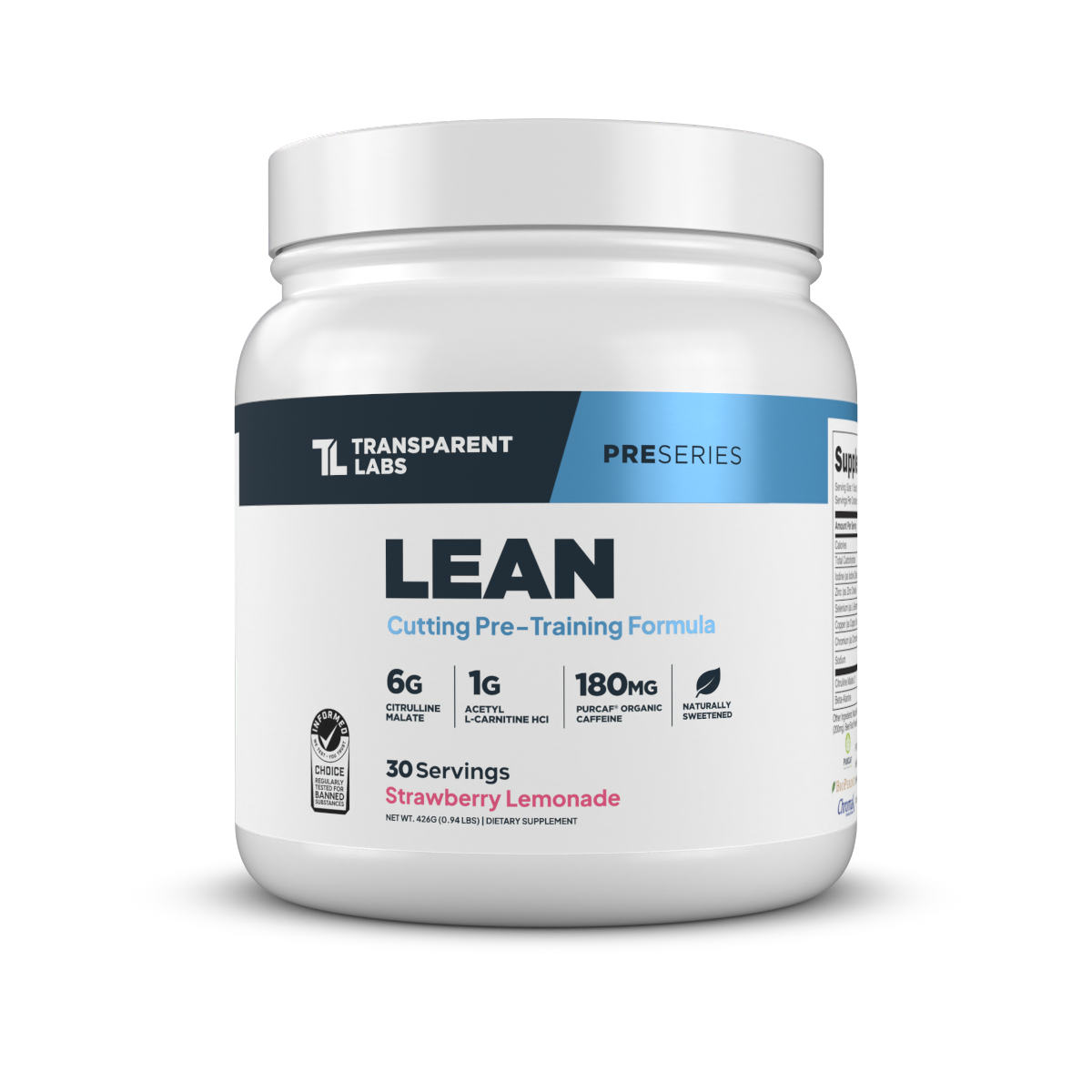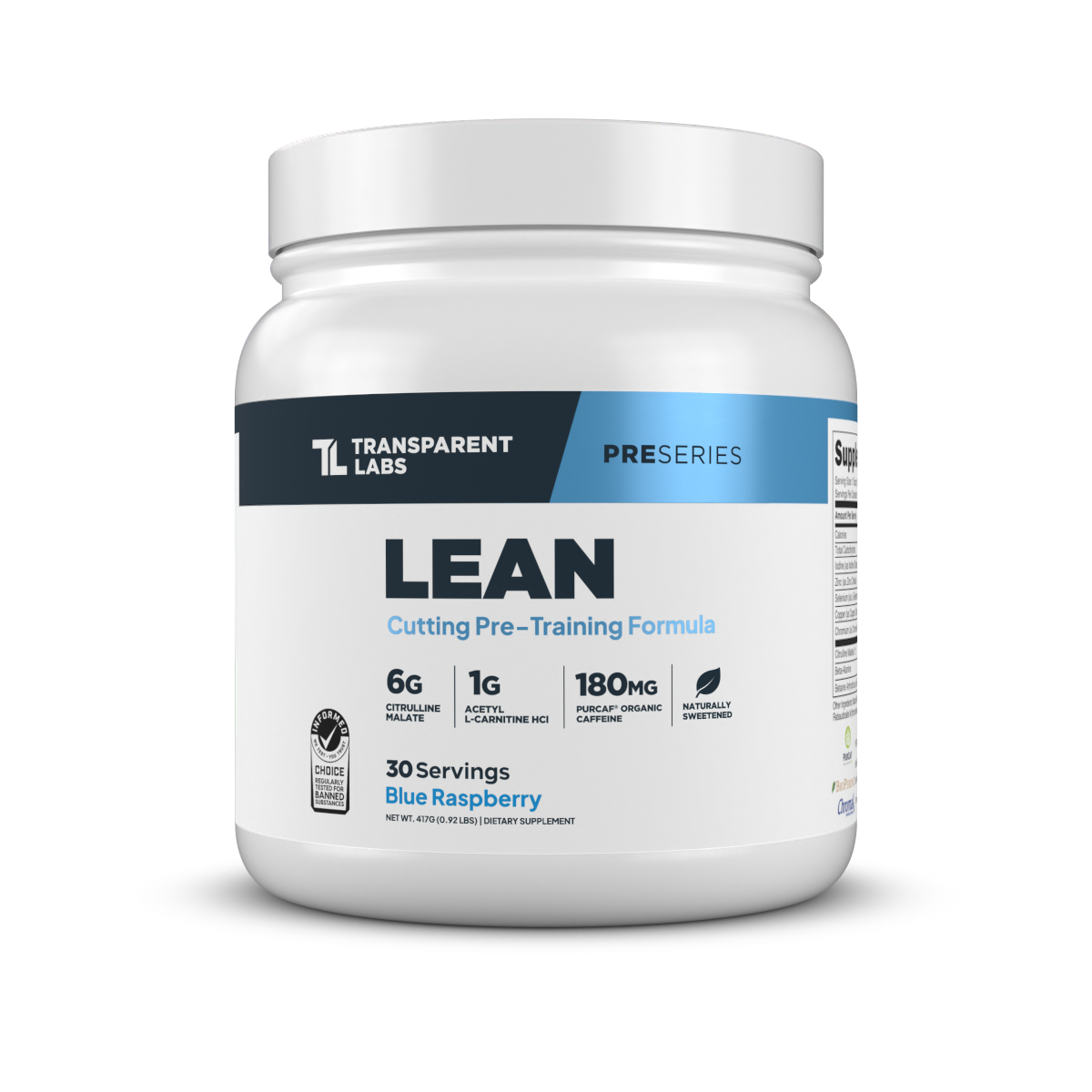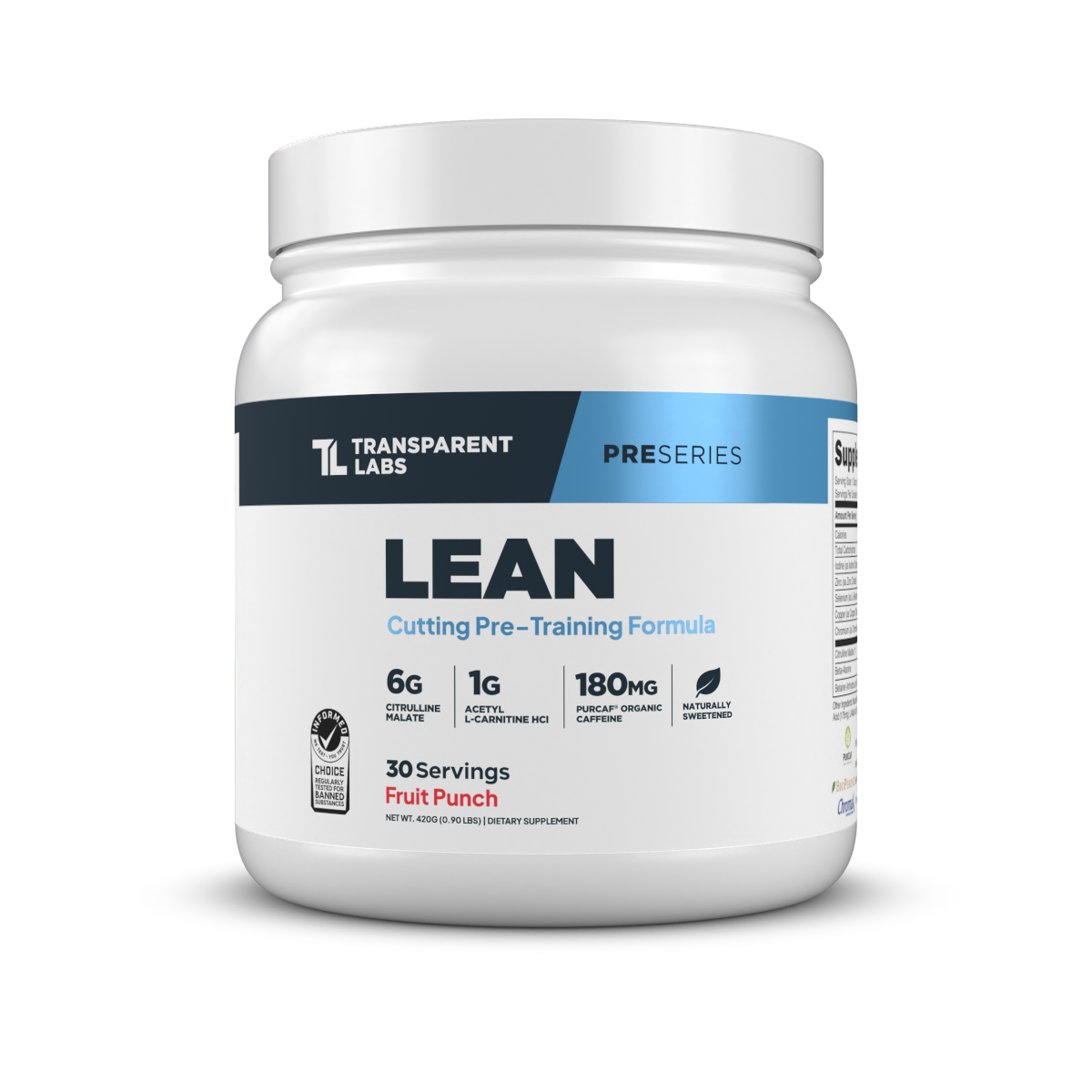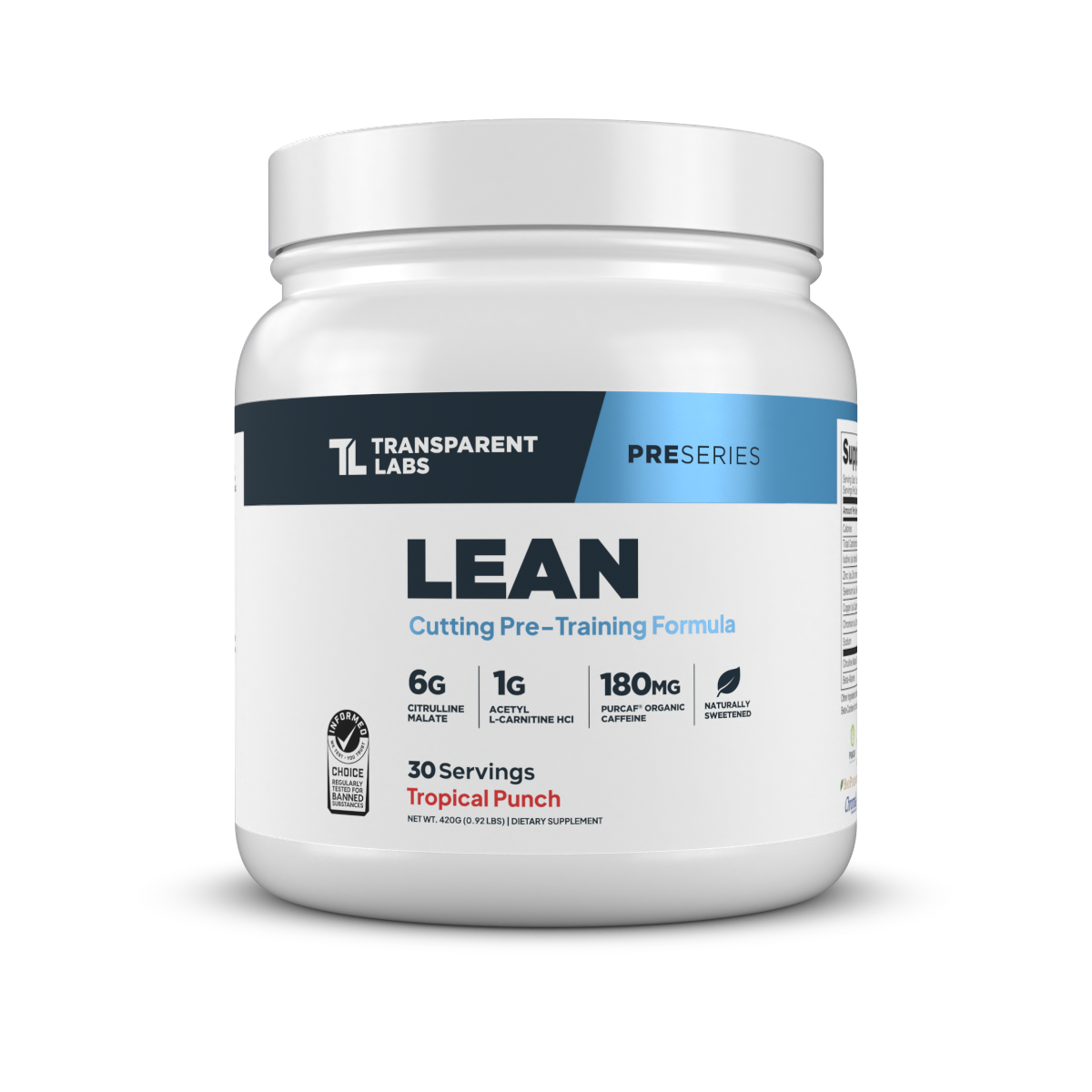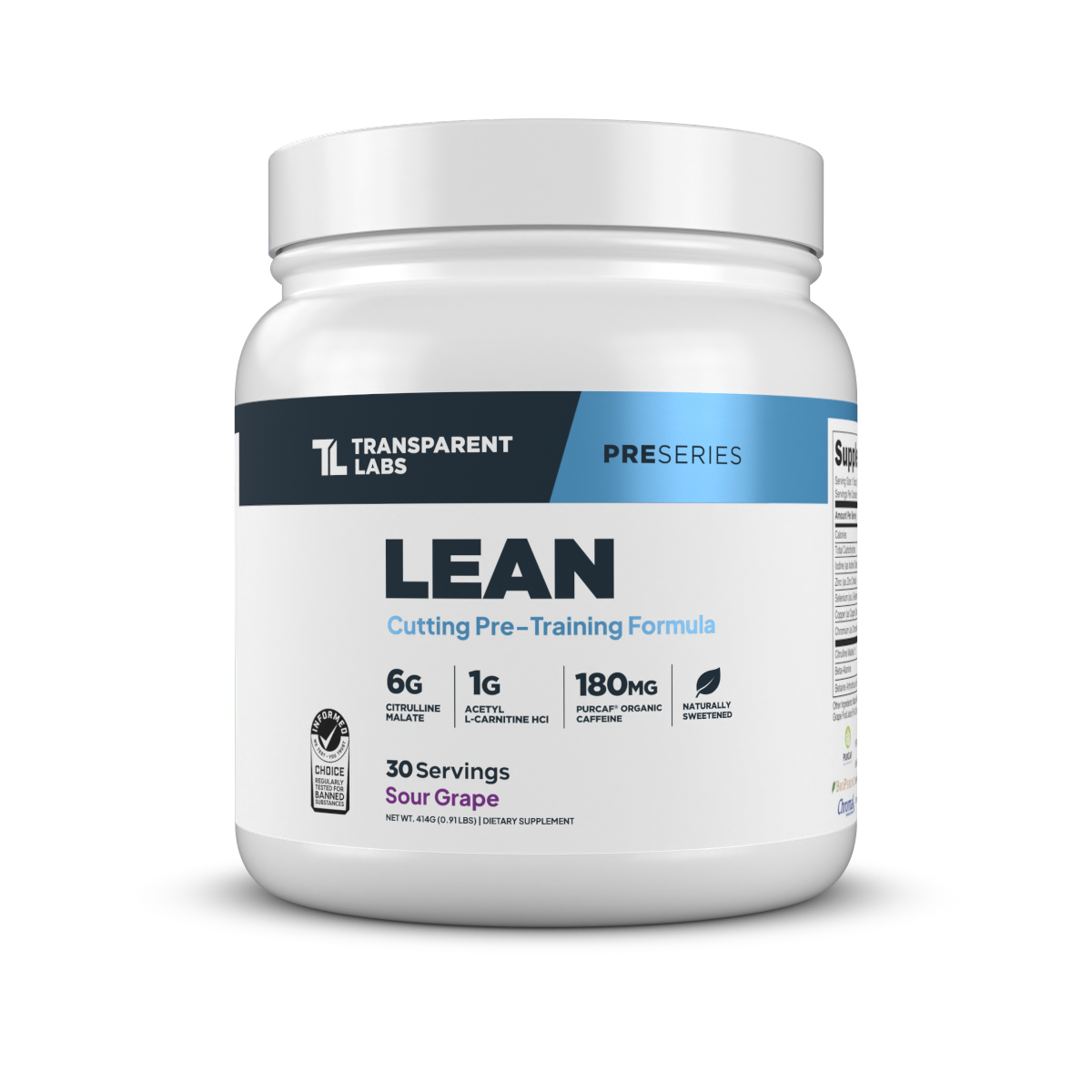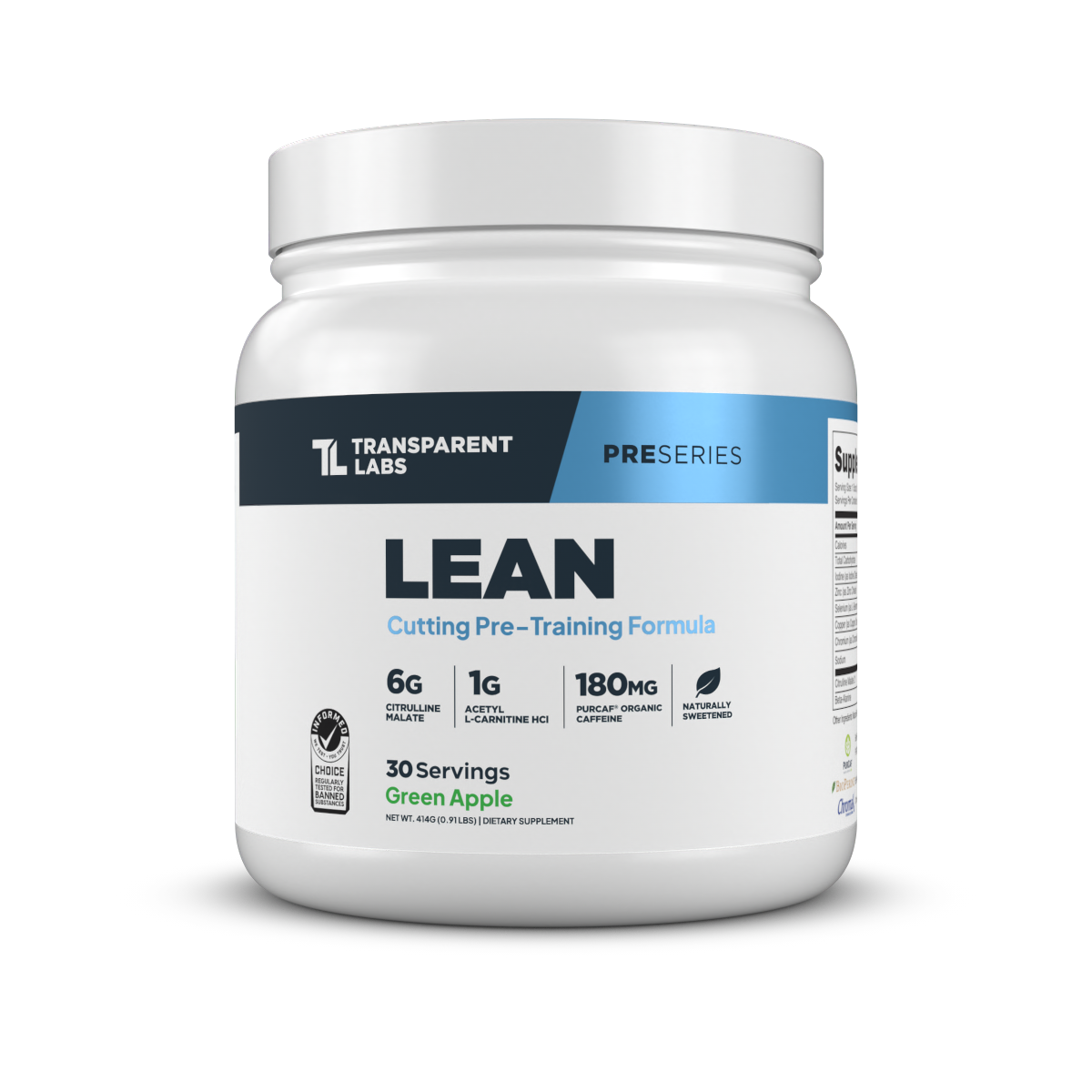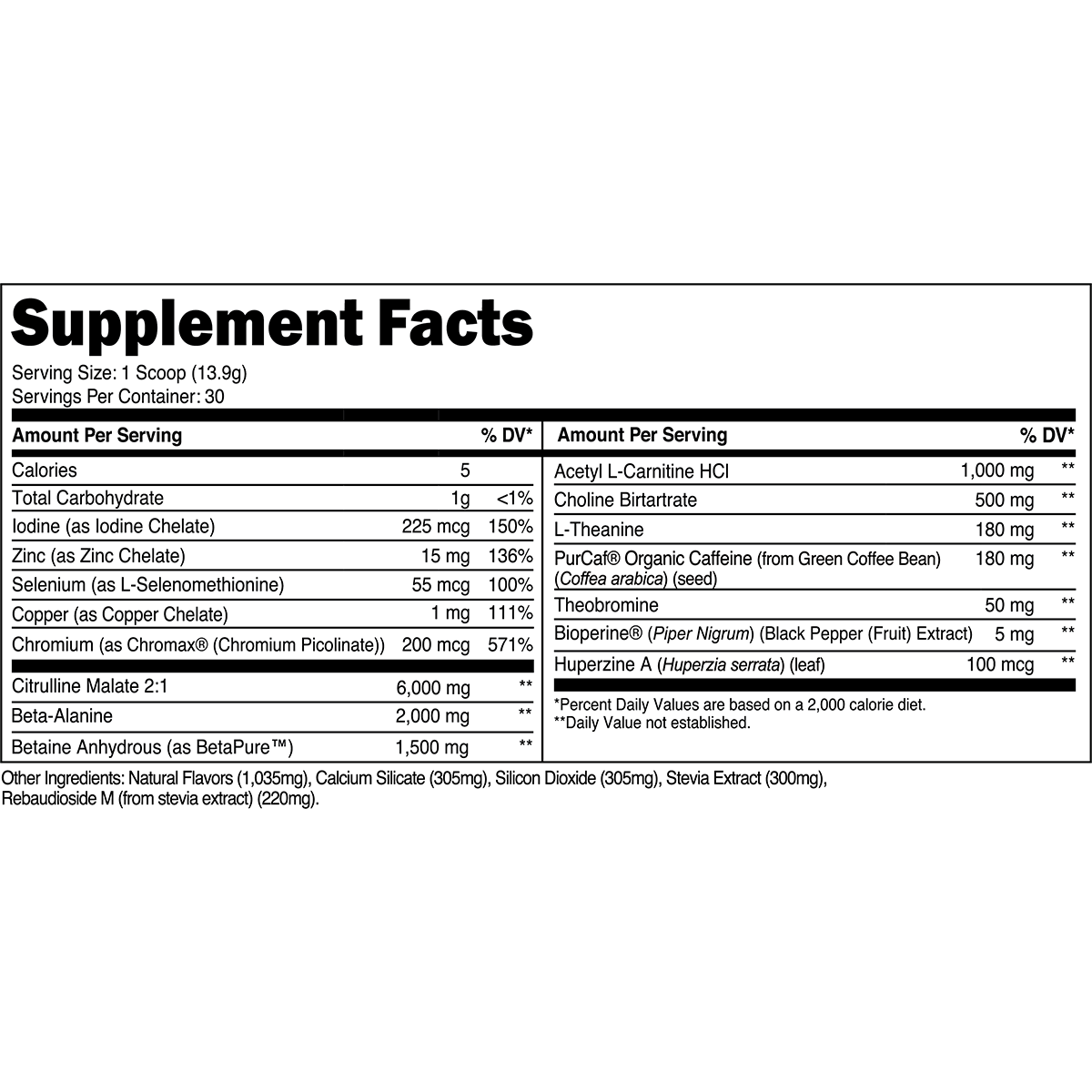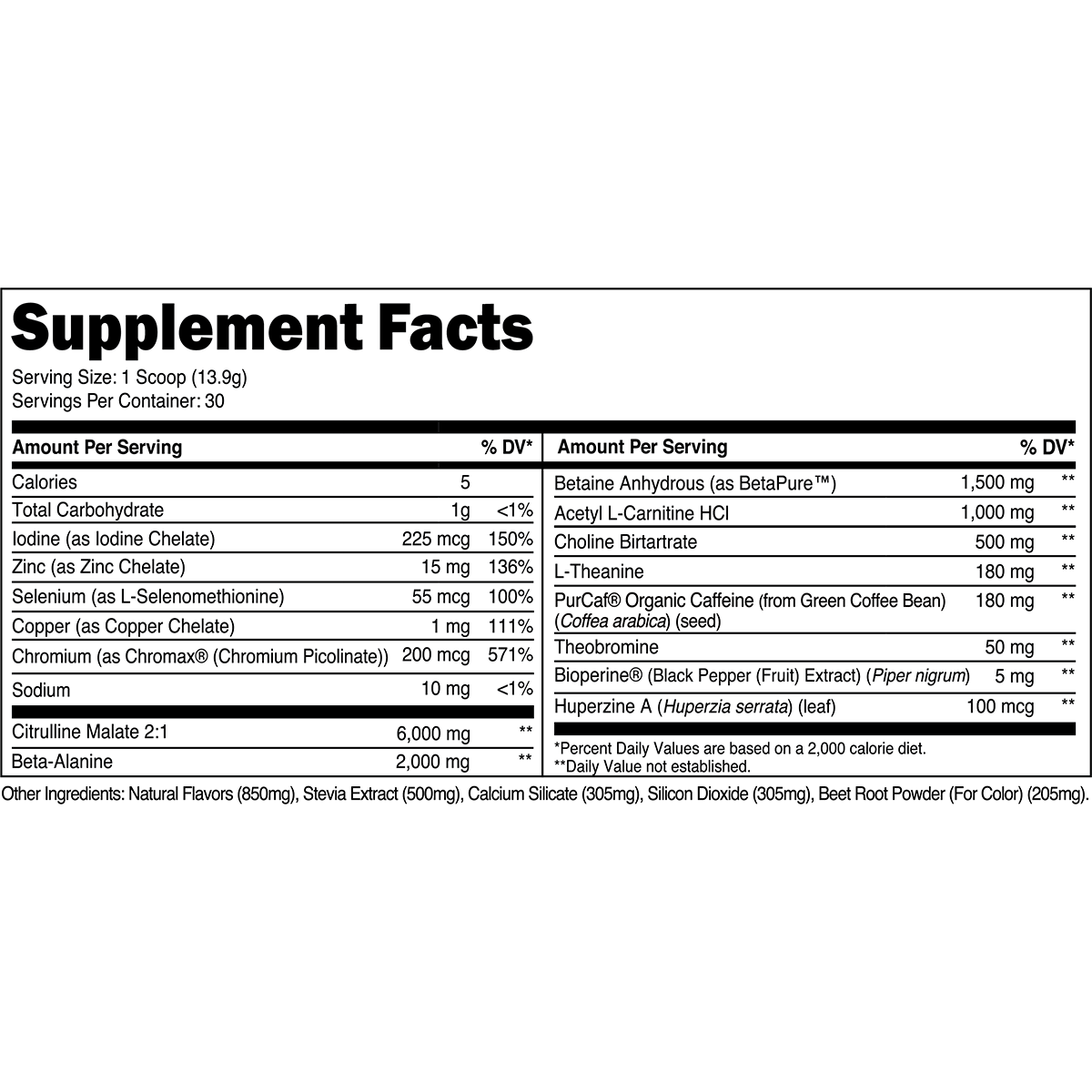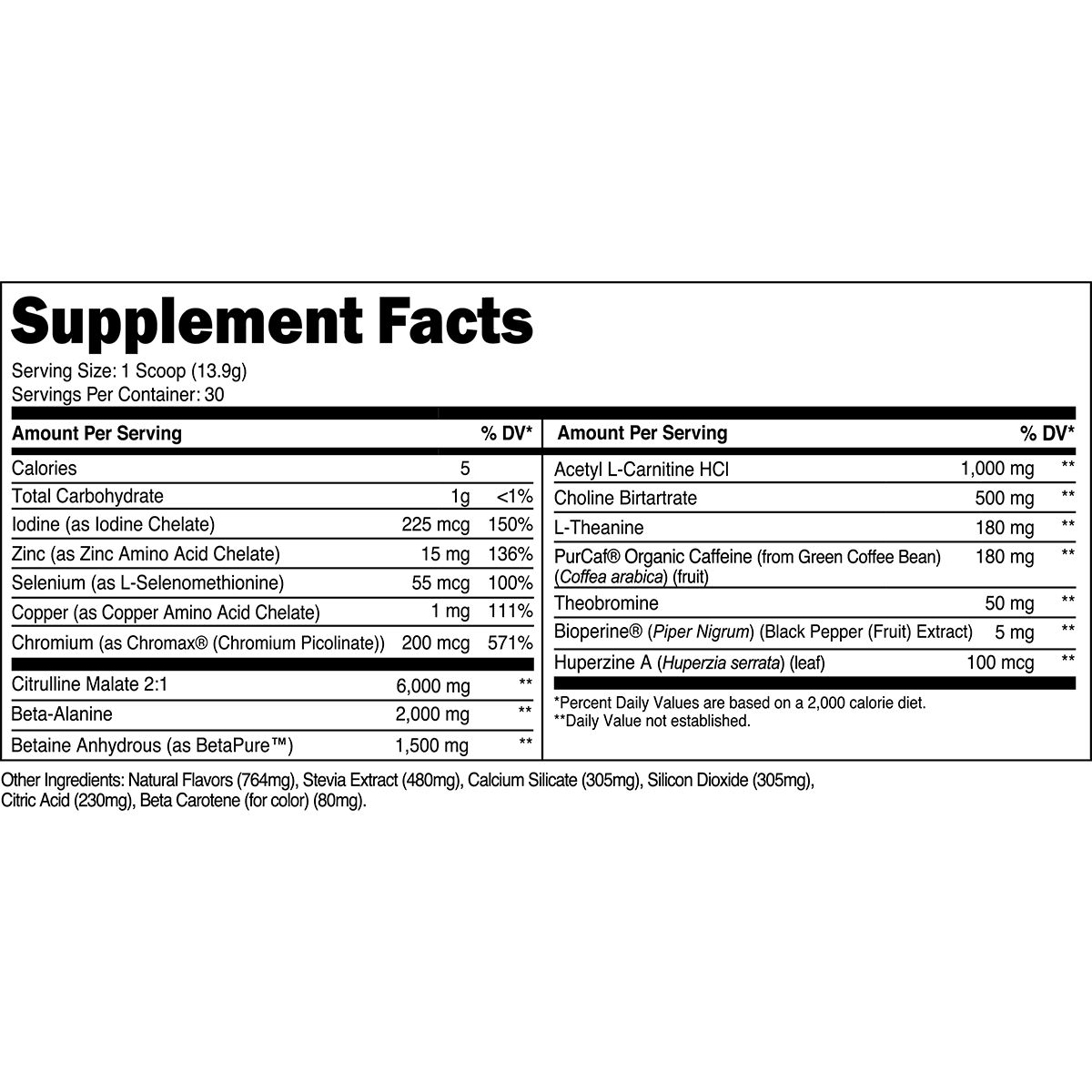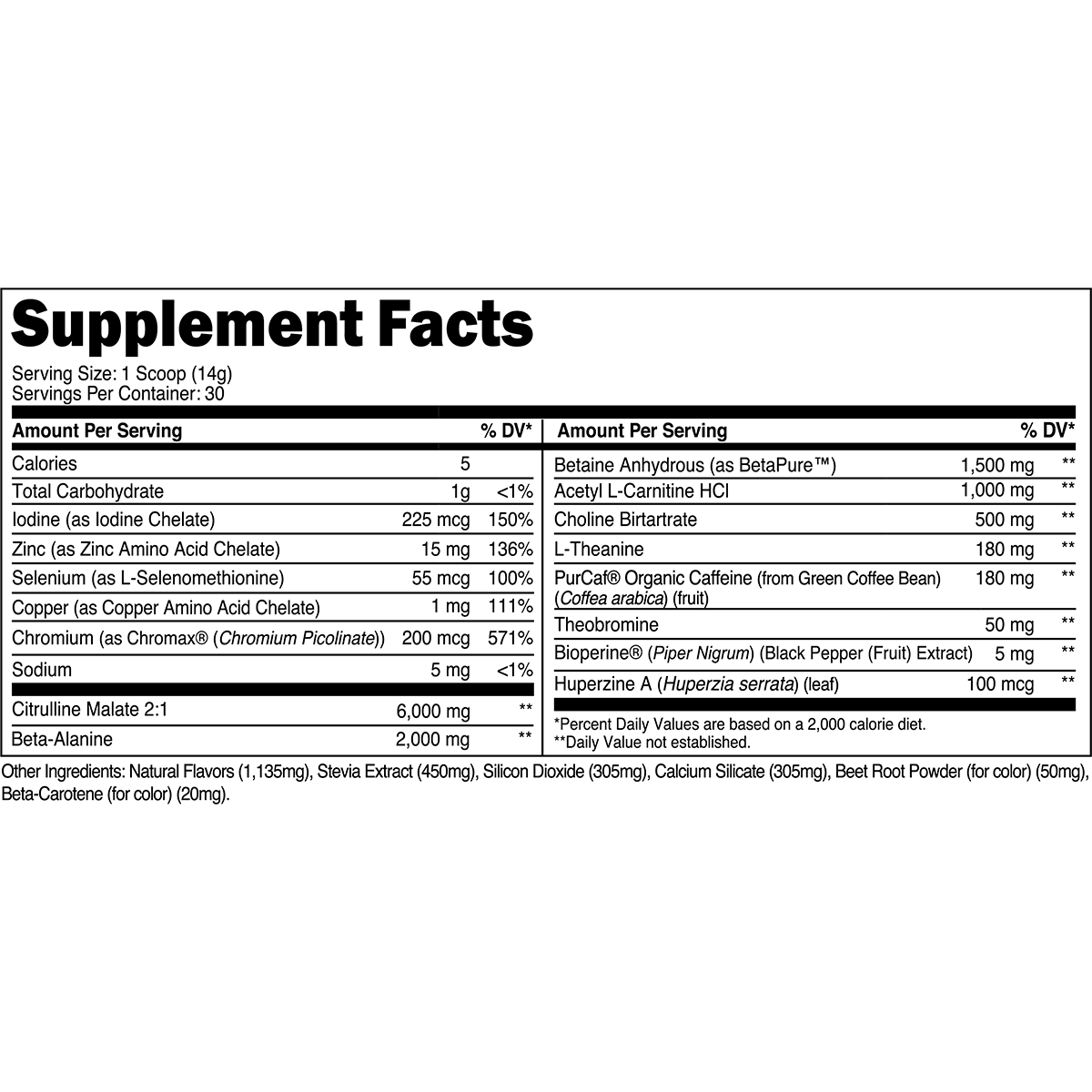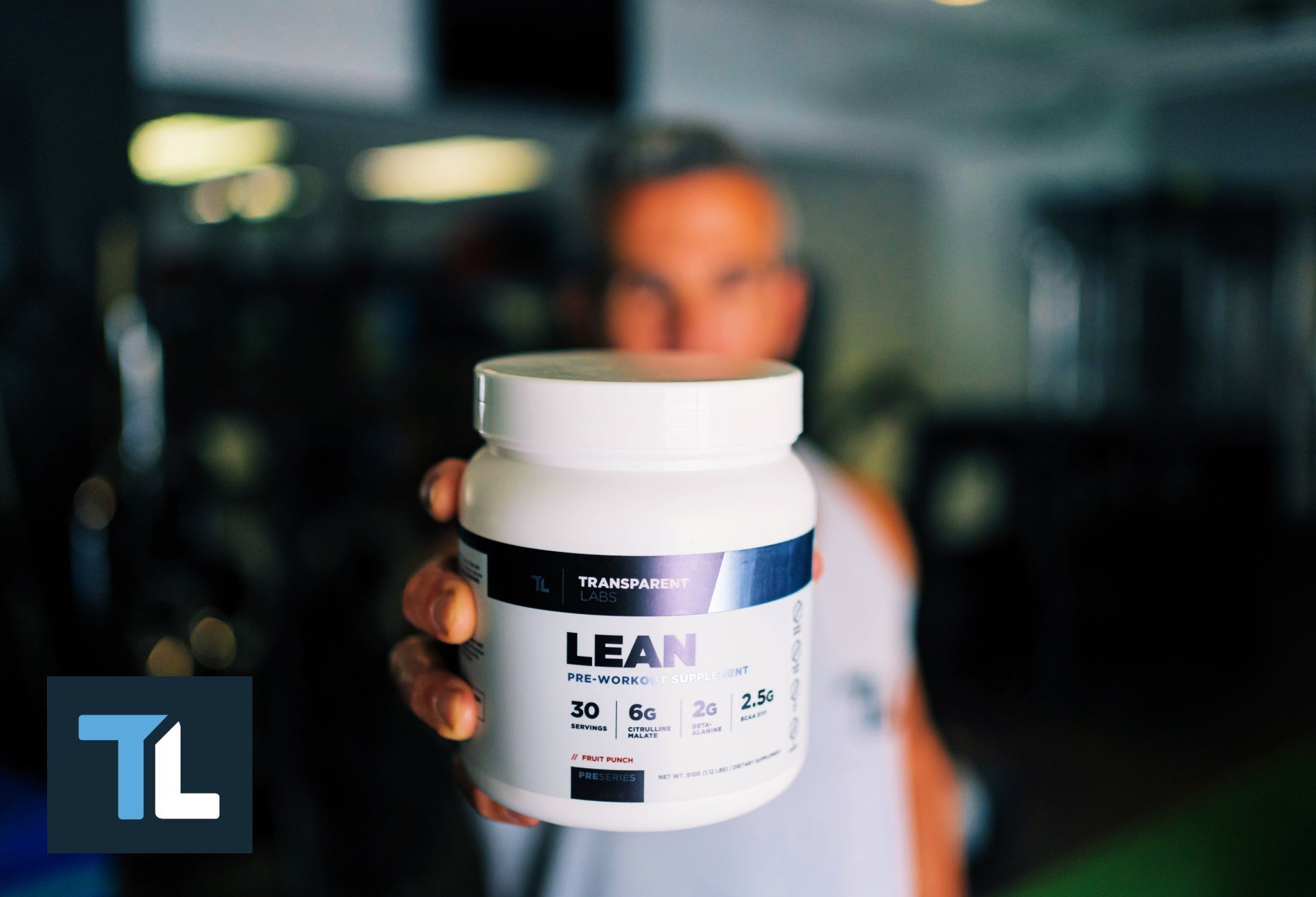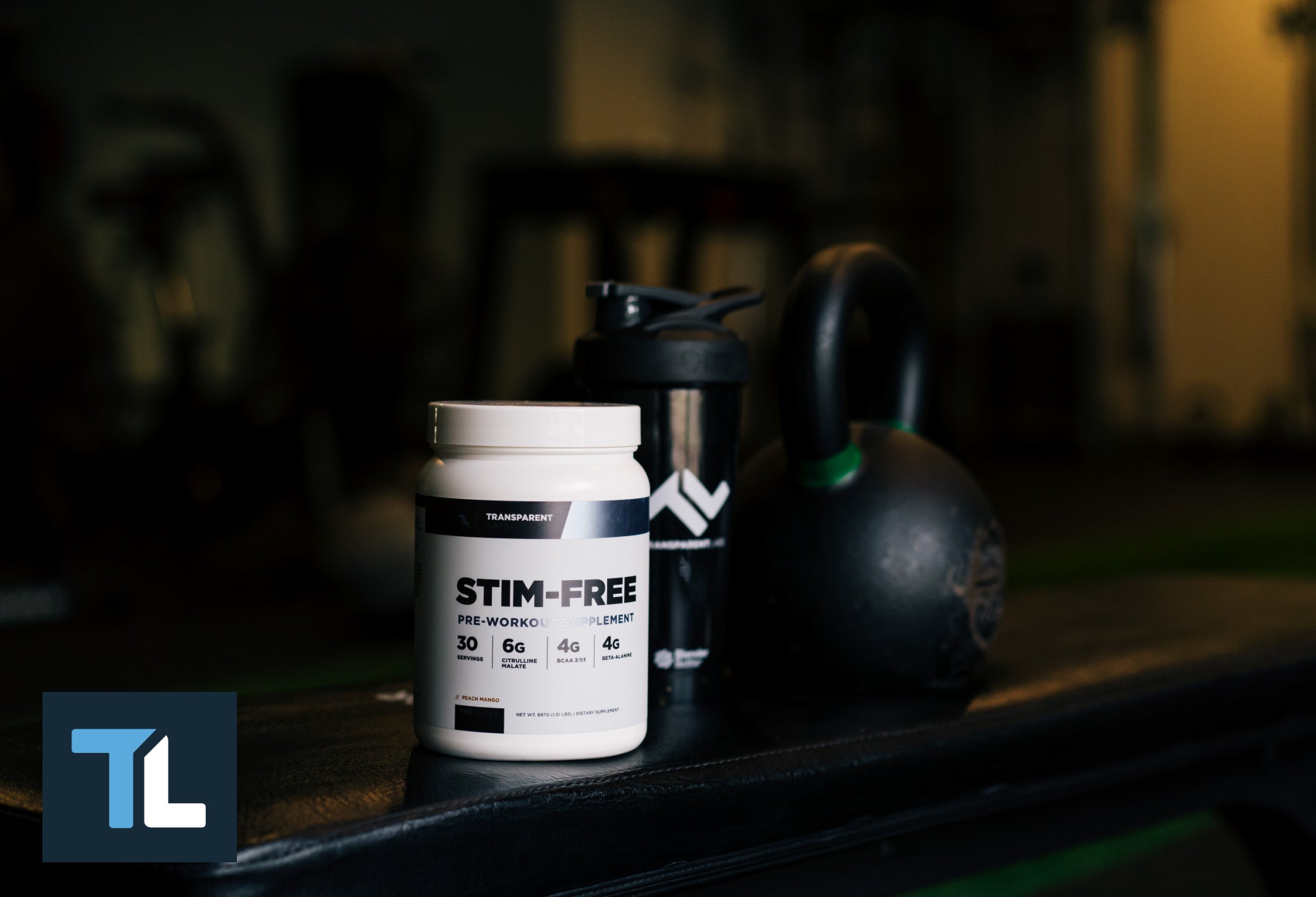Choosing between HIIT and cardio? This article explores HIIT vs cardio to help you decide which workout meets your fitness goals. Learn about the benefits, drawbacks, and which might be the best fit for you.
Key Takeaways
-
HIIT workouts involve short bursts of intense exercise followed by rest and can lead to prolonged calorie burn due to EPOC, making them efficient for weight loss.
-
Traditional cardio, with its steady-state approach, enhances cardiovascular health and endurance, but may lead to boredom and diminishing returns in calorie burn over time.
-
Combining HIIT and steady-state cardio offers a balanced workout routine that can optimize fitness results, prevent workout monotony, and support weight management.
Understanding HIIT Workouts
HIIT, or High-Intensity Interval Training, is all about maximizing effort in a short amount of time. Most HIIT workouts involve short bursts of high-intensity exercise followed by rest intervals, designed to push you to your maximum effort and then allow for recovery. This approach keeps your heart rate elevated and helps you burn more calories quickly compared to traditional cardio.
A typical HIIT session might involve sprinting for 30 seconds, then walking for a minute, repeated for 10 to 30 minutes. Exercises range from cycling and jumping rope to bodyweight exercises like burpees and push-ups, keeping the workout engaging and challenging by activating fast-twitch muscle fibers.
One of the standout benefits of HIIT training is the phenomenon known as Excess Post-Exercise Oxygen Consumption (EPOC). This means your body continues to burn calories long after the workout is over, often up to 24 hours post-exercise. This makes HIIT workouts incredibly time-efficient, fitting well into even the busiest schedules.
HIIT’s intensity, usually between 80-95% of your maximum heart rate, helps burn more calories during the session and significantly boosts metabolic rate. This can contribute to more effective weight management and overall fitness improvements through HIIT cardio.
Defining Cardio Workouts
Cardio workouts, often referred to as aerobic exercise, involve activities that increase your heart rate and improve the efficiency of your cardiovascular system over extended periods. These cardio training exercises rely on the aerobic system, which uses oxygen to adequately meet energy demands during prolonged activity. Common examples include jogging, cycling, swimming, and even engaging in organized sports like basketball or soccer.
Steady-state cardio workouts involve maintaining constant, moderate intensity exercise for an extended period. This could be anything from a 30-minute jog to an hour-long bike ride. Its low-to-moderate intensity makes it accessible for all fitness levels, including those with joint issues or beginners.
One of the biggest advantages of cardio workouts is their ability to improve cardiovascular health. Regular cardio can significantly reduce the risk of heart disease, enhance blood flow, and boost overall endurance. These benefits, combined with the mood-enhancing effects of endorphin production, make cardio an essential component of a well-rounded fitness routine.
Traditional cardio remains popular due to its straightforward nature and minimal equipment requirements, despite its repetitive nature. Activities like walking, jogging, and swimming can be performed almost anywhere, making it easy to incorporate them into a daily exercise routine.
Comparing Effectiveness for Weight Loss
When it comes to shedding pounds, the effectiveness of HIIT vs. cardio workouts is often hotly debated. HIIT workouts have been shown to continue burning calories long after the session ends due to the metabolic state known as Excess Post-Exercise Oxygen Consumption (EPOC). This prolonged calorie burn can make HIIT a powerful tool for weight loss.
However, studies suggest that when calorie intake and overall exercise duration are controlled, HIIT and traditional cardio yield similar results in terms of weight loss. This means that the best choice often boils down to personal preference and how well the workout fits into your lifestyle. HIIT workouts are typically shorter, around 15 to 25 minutes, while traditional cardio sessions can last from 45 minutes to an hour.
Ultimately, both HIIT and steady-state cardio can be effective for weight loss, but the key is consistency and finding a routine that keeps you motivated. Whether you prefer the intense bursts of HIIT or the steady endurance of traditional cardio, coupling your exercise routine with a healthy diet is crucial for achieving your weight loss goals.

Benefits of HIIT Workouts
The allure of HIIT workouts lies in their remarkable efficiency. In today’s fast-paced world, finding time for long workouts can be challenging. HIIT offers a solution by delivering significant calorie burn and fitness benefits in shorter durations. This makes it an excellent choice for those with tight schedules.
Beyond just burning calories, HIIT workouts are known to boost your metabolic rate for hours after the workout, aiding in sustained fat loss. This elevated metabolism means you can continue to burn calories even while at rest, making HIIT a highly effective tool for weight management.
HIIT has also been linked to improvements in insulin sensitivity and blood sugar levels, which are crucial for preventing and managing type-2 diabetes. These benefits, combined with enhanced metabolic health and cardiovascular fitness, make HIIT a powerful component of any workout program.
Benefits of Cardio Workouts
Cardio workouts are the cornerstone of cardiovascular health. Regular engagement in these cardio exercise can significantly reduce the risk of heart disease, improve blood flow, and increase overall stamina. The health benefits extend beyond physical health, as cardio has been shown to produce endorphins, the body’s natural mood enhancers, promoting a sense of well-being and happiness.
Steady-state cardio is particularly beneficial for those looking to maintain a consistent exercise routine without overexerting themselves. This form of exercise, characterized by its low-to-moderate intensity, is accessible to individuals of all fitness levels and can be easily adapted to suit personal preferences and abilities.
Moreover, traditional cardio workouts are excellent for burning calories and managing weight. Whether you’re walking, jogging, or cycling, these activities help reduce risk factors for chronic conditions, making them an essential part of a healthy lifestyle. The simplicity and accessibility of cardio workouts ensure they remain a popular choice for many.
Drawbacks of HIIT Workouts
Despite its many benefits, HIIT workouts are not without their drawbacks. For beginners or individuals with joint issues, the high-intensity nature of HIIT can be daunting and potentially harmful. The rapid, explosive movements in HIIT can lead to injuries without proper form.
Excessive HIIT can lead to burnout, fatigue, and decreased enthusiasm for exercise. The lack of adequate rest and recovery can hinder progress and increase the risk of overuse injuries. It’s crucial to balance intense workouts with sufficient rest periods to avoid these pitfalls.
The demanding nature of HIIT can cause irritability and dehydration, especially if you’re not well-prepared or hydrated. For those new to this form of exercise, starting gradually and allowing time for recovery is essential to avoid these common issues.
Drawbacks of Cardio Workouts
Cardio workouts are beneficial but come with potential drawbacks. As your fitness level improves, your body becomes more efficient at performing these exercises, which can result in a slower calorie burn over time. This can be frustrating for those relying solely on cardio to lose weight for weight loss.
The repetitive nature of steady-state cardio can cause boredom and decreased motivation. Unlike the varied intensity of HIIT, traditional cardio often involves repeating the same movements for extended periods, which can become monotonous.
Additionally, overdoing steady-state cardio can lead to a decrease in basal metabolic rate, making it harder to lose fat. The significant time commitment for these workouts can detract from other activities, making it hard to maintain a balanced routine.
Fasted Cardio: Myths and Facts
Fasted cardio, or exercising on an empty stomach, has gained popularity due to claims of enhanced fat burning. The concept is that lower glycogen levels force the body to use fat as the primary energy source. However, research on fasted cardio’s effectiveness for fat loss remains inconclusive.
While fasted cardio might reduce the risk of exercise-induced nausea and save time in the morning, it’s not necessarily more effective for long-term fat loss compared to fed cardio. Eating a small snack or essential amino acids before a workout can enhance fat loss and muscle retention, providing a balanced approach to pre-workout nutrition.
Combining HIIT and Steady-State Cardio
Combining HIIT and steady-state cardio can offer an optimal workout balance. A balanced approach of 2-3 sessions each of HIIT and steady-state cardio weekly can enhance overall fitness and support weight loss efforts. This variety helps prevent plateaus and keeps the routine engaging.
Alternating between the high intensity of a HIIT workout and the sustained effort of steady-state cardio and HIIT leads to comprehensive fitness gains. For example, you might perform a HIIT workout on Monday, followed by a steady-state cardio session on Tuesday, allowing for different muscle groups to recover and adapt.
Incorporating both forms of exercise into your routine ensures varied intensity levels, optimizing fat burning and improving cardiovascular health. This balanced approach can lead to better overall results and a more enjoyable workout experience.
How to Start HIIT Safely
Starting HIIT workouts safely is crucial to avoid injuries and maximize benefits. Beginners should always consult a physician before starting HIIT, especially if they have underlying health conditions. Working with a certified personal trainer can also provide guidance on proper form and intensity levels.
Begin with shorter HIIT sessions, around 10 to 15 minutes, and gradually increase the intensity and duration. It’s important to include a warm-up before each session to prepare your body and reduce the risk of injury. Using a heart rate monitor can help ensure you’re working within a safe exertion range.
Hydration is key during HIIT workouts, particularly in hot conditions, to prevent dehydration. By following these guidelines, you can safely incorporate HIIT into your routine and reap its numerous benefits.

Creating a Balanced Workout Routine
Creating a balanced workout routine that includes both HIIT and cardio workouts is essential for overall fitness. A well-rounded weekly routine might include 2-3 HIIT sessions with rest days in between, complemented by steady-state cardio on non-HIIT days. This approach ensures muscle recovery while maintaining cardiovascular health.
Variety is crucial in any workout program to prevent burnout and keep engagement high. Incorporating different types of exercises tailored to your fitness level can make the routine more enjoyable and sustainable. For instance, combining HIIT with strength training can promote muscle building and enhance overall fitness.
Balancing high-intensity and steady-state exercises helps achieve fitness goals, from weight loss to improved endurance and muscle strength. This variety aids in achieving better results and keeps your workout routine exciting and less monotonous.
Summary
In conclusion, both HIIT and cardio workouts offer unique benefits and can be effective tools for achieving your fitness goals. HIIT’s time-efficiency and metabolic benefits make it an excellent choice for those with busy schedules, while traditional cardio’s accessibility and cardiovascular benefits make it suitable for all fitness levels.
Ultimately, the best approach is to find a balance that works for you. By incorporating both HIIT and steady-state cardio into your routine, you can enjoy the comprehensive benefits of both and create a sustainable, enjoyable workout program. Remember, consistency and enjoyment are key to long-term success in your fitness journey.
Frequently Asked Questions
Can I lose weight effectively using only HIIT workouts?
Yes, HIIT workouts can effectively aid weight loss by burning calories and boosting metabolism. However, pairing them with a healthy diet and additional exercise can further improve your results.
Are cardio workouts less effective than HIIT for fat loss?
HIIT is generally considered more effective for fat loss due to its intensity and afterburn effect, leading to greater calorie burn post-exercise. However, traditional cardio also contributes significantly to sustained calorie burning and overall cardiovascular health.
How often should I do HIIT workouts each week?
For optimal results, aim for 2-3 HIIT sessions per week, complemented by 2-3 steady-state cardio sessions on non-HIIT days. This balance will enhance your fitness progress effectively.
Is it safe to do HIIT workouts every day?
It's not safe to do HIIT workouts every day due to the risk of overuse injuries, fatigue, and burnout. Prioritizing recovery between sessions is essential for optimal performance and health.
What are the best foods to eat before a HIIT workout?
Eating a small snack with essential amino acids or a light meal before a HIIT workout can enhance performance and muscle retention. It's best to avoid heavy meals. For optimal results, consider adding Transparent Labs Creatine powder or using Transparent Labs Protein to aid in recovery and muscle growth after a high-intensity session.

